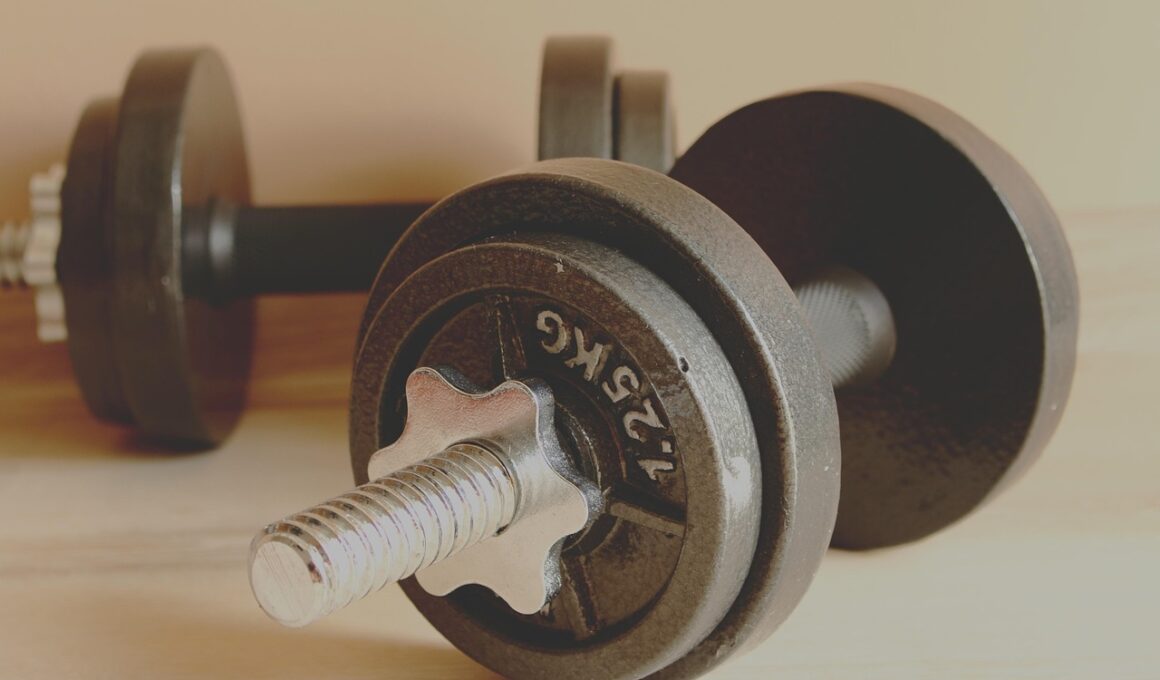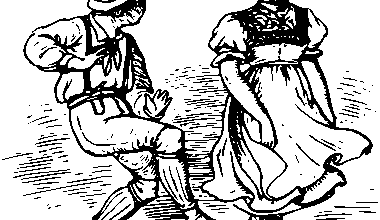Adjustable vs. Fixed Size Weightlifting Belts: Pros and Cons
Choosing the right weightlifting belt is crucial for enhancing your performance in the gym. Weightlifting belts provide essential support during heavy lifts by stabilizing the core and preventing injury. Let’s examine the differences between adjustable and fixed size weightlifting belts. Each type has its advantages and disadvantages, impacting your training experience. Adjustable belts offer flexibility, fitting various waist sizes, which is ideal for those who may experience changes in body composition over time. Conversely, fixed size belts provide a more tailored fit for consistent users, offering a tighter grip that can lead to improved performance. While adjustable belts can offer convenience and versatility, they may lack the level of security and comfort that a fixed size belt can provide. Therefore, it is important to consider your specific training needs and preferences before making a purchase. Selecting the right type can influence your comfort, performance, and even safety during intense workouts. Ultimately, both options serve as valuable tools in a weightlifter’s arsenal, and understanding their distinct characteristics is key to making an informed decision.
Pros and Cons of Adjustable Weightlifting Belts
Adjustable weightlifting belts come with a set of advantages that make them appealing to many lifters. One of the primary benefits is their versatility; they can fit a range of waist sizes, accommodating people with varying body compositions. This adaptability makes them an excellent choice for individuals who want a single belt for multiple users. Another advantage is the ease of adjustment, allowing athletes to modify the fit before each lift for optimal comfort as they warm up. However, there are potential downsides as well. Adjustable belts may not provide the same level of support as fixed-size counterparts, especially during maximal lifts. The materials used in making some adjustable belts may raise durability concerns. Furthermore, the additional mechanisms for adjustments could lead to malfunction over time, requiring maintenance or replacements. In summary, while adjustable belts are flexible and user-friendly, they may compromise on stability, which is crucial for safety, particularly in high-stakes exercises like squats and deadlifts. Weightlifters must weigh these pros and cons carefully to find the most suitable option for their lifting needs.
On the other hand, fixed size weightlifting belts also boast their own unique advantages. A major benefit of using a fixed-size belt lies in its ability to provide a greater sense of stability and support during heavy lifts. This enhanced security often results in better lifting performance, as many lifters feel more confident with a snug fit around their waist. Moreover, because a fixed size belt has fewer adjustable components, it is often constructed from durable materials designed to withstand rigorous use. This durability can be especially important for athletes who lift frequently and at maximal weights. However, this type of belt does have its downsides. Once you choose a size, it is fixed, which can become an issue if your body weight fluctuates significantly over time. Moreover, finding the right size initially may require some trial and error. Additionally, fixed size belts can feel restrictive to some individuals, impacting their natural range of motion. Despite these drawbacks, many weightlifters prefer fixed size belts for their consistency, robustness, and the enhanced support they provide during training.
Comfort and Fit Considerations
Comfort is an often underestimated yet essential factor when selecting a weightlifting belt. For adjustable belts, the ability to modify the fit allows users to fine-tune the level of tightness according to their comfort preferences. Some lifters appreciate the feeling of having a looser belt during warm-ups or lighter sets, while choosing a tighter fit for their heaviest lifts. However, finding the right balance can sometimes be tricky and might lead to distractions if the belt is not secured firmly enough. In contrast, fixed size belts deliver a consistently tight fit, which many athletes find comforting during high-intensity workouts. This snug fit reduces the likelihood of the belt slipping or shifting during lifts. Nevertheless, improper sizing can result in discomfort or even injury. Therefore, it is crucial for lifters to carefully measure their waist sizes before purchasing a fixed size belt. Regularly reassessing one’s physique is essential, especially for those whose training regimens might lead to fluctuating waist sizes. Proper fit and comfort can greatly enhance overall training performance.
Aesthetically, both adjustable and fixed size weightlifting belts come in various styles, colors, and materials, allowing users to express their individuality within the gym environment. Style may not be the primary concern for many weightlifters, but having a belt that visually resonates with their personal preferences can make a training session feel more enjoyable. Cowhide leather and various synthetic materials are common in both types, so opting for a specific material can also influence your choice. While adjustable belts may showcase designs that emphasize versatility, fixed size belts often lean towards classic, robust appearances that give a sense of traditional strength. Choosing a visually appealing belt can serve as a motivational factor, positively impacting a lifter’s mindset prior to engaging in rigorous workouts. Similarly, quality craftsmanship, often visible with better materials, enhances both aesthetic value and performance. Ultimately, the physical appearance of a weightlifting belt may also influence your emotional connection to your training, enhancing both motivation and discipline throughout the weightlifting journey.
Price and Long-Term Investment
Price is another important consideration when evaluating adjustable versus fixed size weightlifting belts. Generally speaking, adjustable belts tend to be more affordable, making them accessible for beginners and casual lifters. This lower price point may appeal to those unsure about their commitment to weightlifting or who are just starting their fitness journey. However, it is essential to consider their longevity and potential need for replacements, especially if the belt’s mechanisms wear out over time. In contrast, fixed size belts often come with a higher initial investment but are typically more durable. Their robust construction often translates to fewer replacements over the long haul, making them a worthwhile investment for serious lifters hoping to find a dependable belt. When investing in a weightlifting belt, consider both the short-term and long-term costs, factoring in how often you plan to lift, your goals, and your anticipated level of use. A higher upfront cost may be justified by the belt’s durability and performance over time, potentially saving you money in future replacement costs.
In conclusion, both adjustable and fixed size weightlifting belts have their respective pros and cons that can significantly influence a weightlifter’s performance and training experience. Adjustable belts offer flexibility and the convenience of fitting multiple users, while fixed size belts provide security and consistency for frequent lifters. Ultimately, the decision should hinge on individual lifting goals, comfort preferences, and budget constraints. It is essential to assess personal lifting styles and the types of exercises you’ll be engaging in regularly. Each lifter’s experience will vary, so seeking the right belt that complements your routine is crucial. Furthermore, many athletes may find it helpful to test different options before fully committing to one style. Listening to your body and ensuring you’re well-supported during exercise can lead to improved performance and help avoid injuries. Researching various brands, reading reviews, and even consulting fellow lifters can prove beneficial in making an informed choice. With careful consideration and the right belt, you can maximize your weightlifting journey and achieve your fitness goals safely.
Final Thoughts on Weightlifting Belts
As this discussion illustrates, selecting between adjustable and fixed size weightlifting belts is no small decision. Each type of belt offers unique advantages and potential drawbacks that could greatly impact your workout experiences. When looking to improve your lifts, understanding these differences is fundamental. By embracing the knowledge gained, you can make a choice that best suits your unique physique and training regimen. All in all, no weightlifting journey is identical, and personal preference plays a significant role in finding the right equipment. Do not hesitate to reach out and seek advice from more experienced lifters or trainers who may have trialed these belts. Engaging in discussions can enrich your understanding and may even steer you towards the perfect choice. Learning from others’ experiences can reveal practical insights you might not have considered. As you navigate the vast array of options available, staying informed and proactive will empower you in your journey. Regardless of which belt you choose, remember that proper technique, safety, and mental focus are as vital, if not more so, than the tools themselves.


